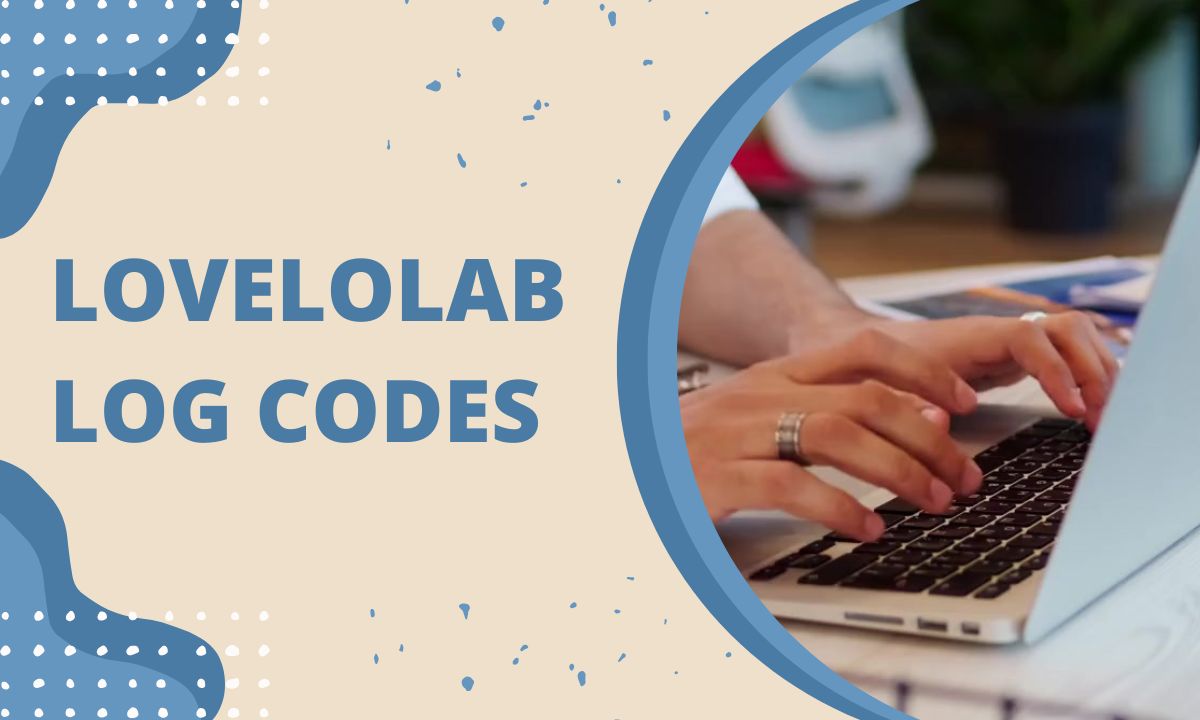Finding stable, long-term placements for foster children is a challenge faced by agencies all over the United States. The atypical state of the child’s life, with all of its instability and uncertainty, demands that professionals communicate clearly, manage data efficiently, and make decisions quickly and well. However, technology does exist to allow caseworkers to make better decisions and place children in stable homes more quickly.
Foster care and adoption software is there to help professionals in their important work by condensing and simplifying the most important information about cases. When a caseworker needs to check the computer to better understand various aspects connected to a case, adoption/foster care software gives them any relevant information required.
Centralizing Information for Smarter Matching
Stability starts with understanding the distinct story of each child. When data is dispersed among paper files or isolated systems, critical information can get lost. Software for foster care and adoption provides a centralized place where all manner of records (from medical to behavioral) can be easily retrieved.
When a placement is made with a full understanding of the child’s background and the foster family’s capacity, placements have a stronger chance of being successful and of being long-term and less chance of disruption.
Tracking Outcomes and Identifying Red Flags Early
Placement stability hinges on early intervention in foster care and adoption. When there are frequent moves, unmet needs, or a change in behavior, it is an opportunity for an agency to act before it becomes a situation that requires crisis management.
Built-in reporting functions allow for the analysis of how well the system is functioning and for flagging concerns that require further review, even before the system registers a formal warning. Such insight provides a solid foundation for continuous improvement.
It allows agencies to pinpoint the factors that contribute to successful placements so they can replicate those conditions across the board, especially in cases where families need targeted support to keep them together. Foster care and adoption software provides the tools necessary to accomplish these tasks.
Improving Communication Between Agencies and Families
Strong communication is critical for stable placements, especially when coordinating among multiple parties. Whether it’s updates from caseworkers, training schedules for prospective parents, or follow-up checklists post-placement, staying in sync can be challenging.
Foster care and adoption software bridges these gaps by streamlining notifications, automating reminders, and enabling real-time updates. Informing and engaging foster families helps to minimize confusion and reduce frustration that can lead to placement breakdowns. The result is a process that is far more collaborative, with much better consistency and trust between agencies and caregivers.
Why Foster Care and Adoption Software Makes a Difference
When it comes to foster children, ensuring stable placements is essential. The right platform can assist tremendously with this process. By helping agencies make better-informed decisions and properly understand the foster child-placement situation, the software serves as more than just a tool for tending to the needs of the agencies themselves. It actually helps place the children in situations best suited for them.



